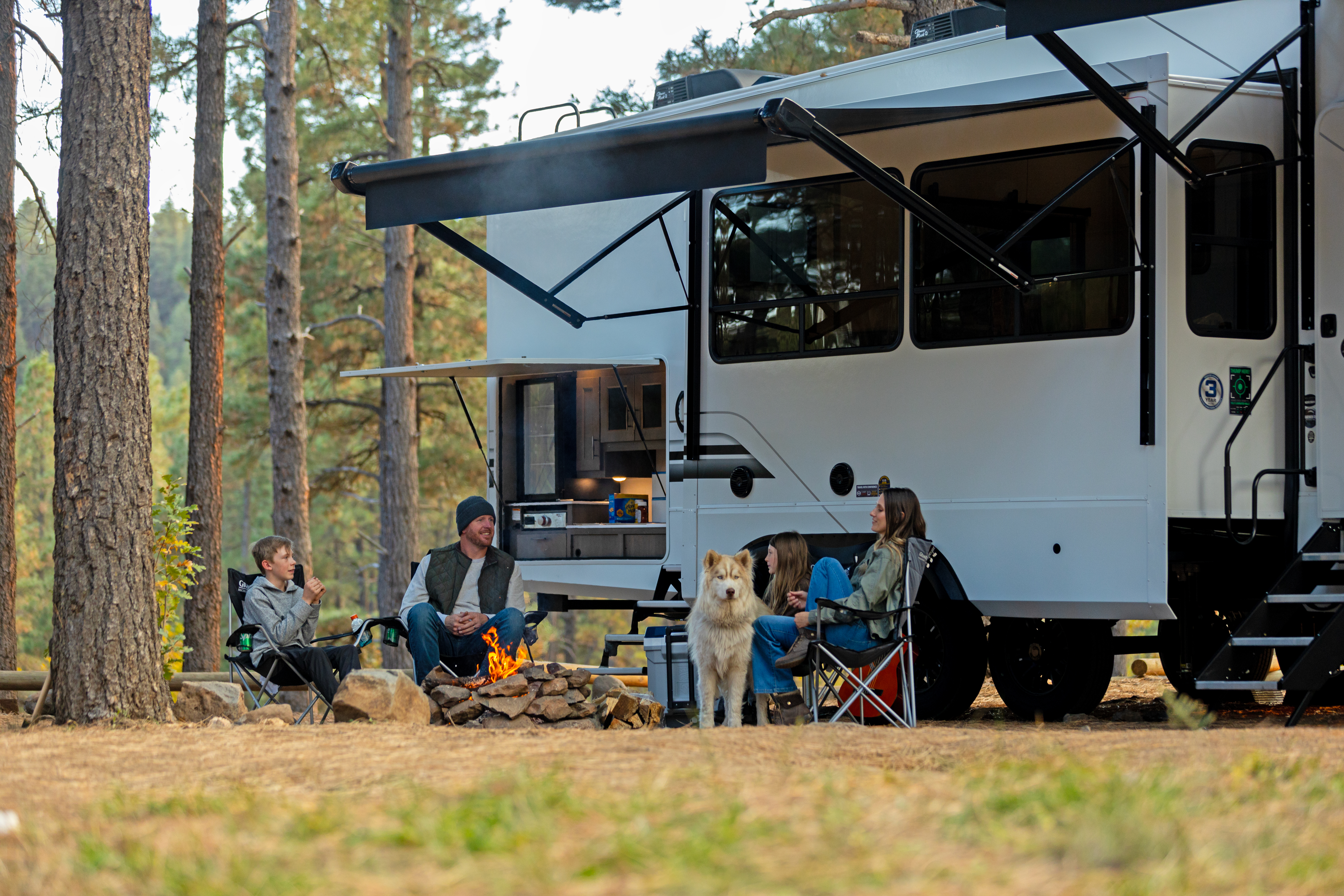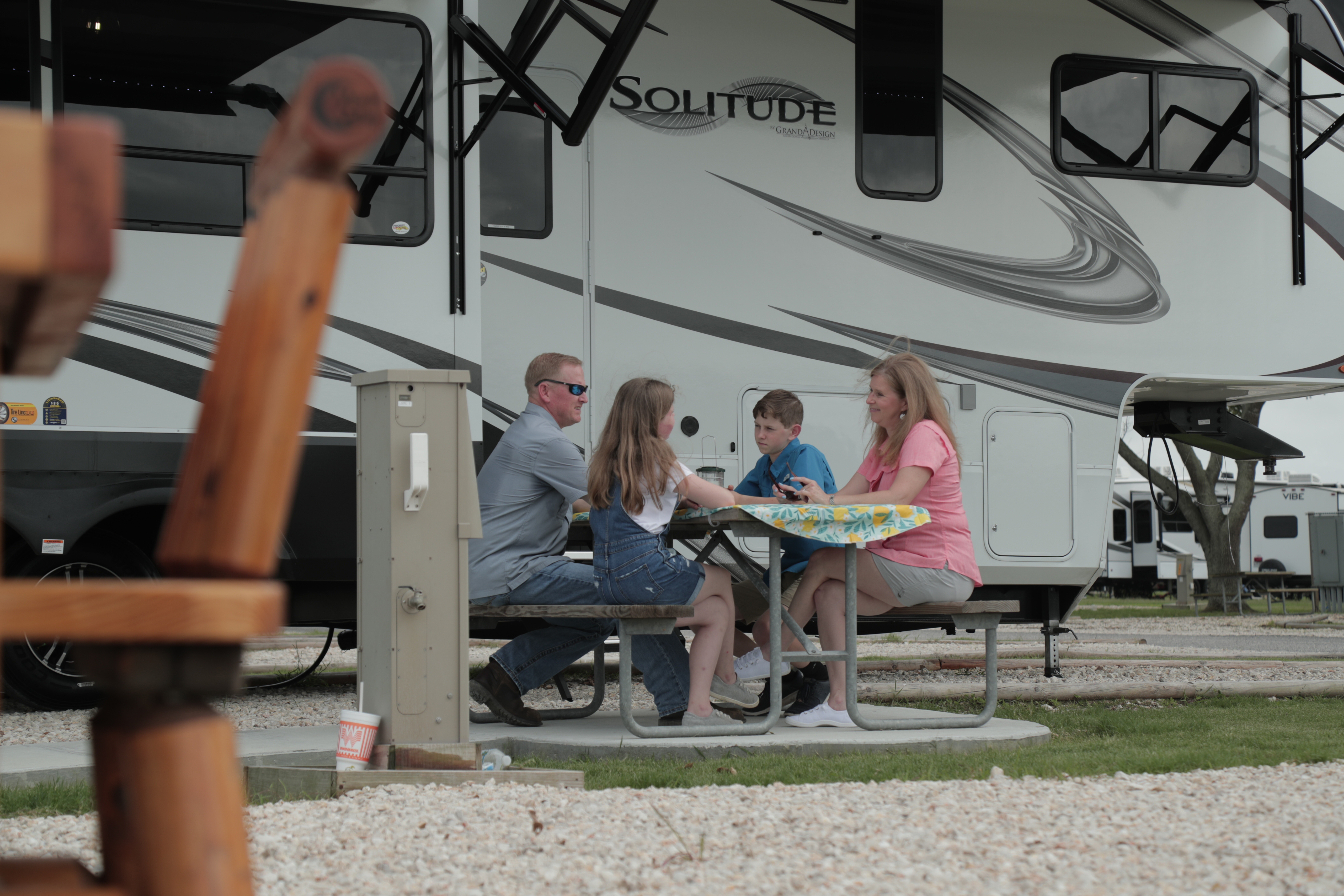LIVE
What You Need to Know Before You Go RVing with Your Cats

Cat owners, it’s time to rejoice! RVing isn’t just for dogs. If you’re willing to put up with a few side-long glances, you can travel with your little furball, too. As a pet owner, you already know that one thing every pet owner must consider before they go RVing is what to do with their pets. When you’re going RVing, it’s pretty easy to decide what to do with your dogs, load them up in the car and roll down your window. They’re coming with. But that doesn’t mean that you should automatically discount your cat when you’re thinking about an RV adventure. You can, in fact, go RVing with cats (even multiple cats, if you have them).
If you plan on RVing with cats, you should know that the experience will be nothing like RVing with dogs. Unsurprisingly, there are many parts of travel that dogs love but cats despise - we’ve never seen a cat stick its head out the window, for example. They have far too much dignity for that. So it’s important to take steps and precautions to reduce their stress as much as possible.
Familiarize your cat with your RV before you go
Before you go on a trip, you should familiarize your cat with your RV. Let them spend some time inside while it is still parked at home. Make sure to join them so they know this is a safe space and you’ll be in there too. Bring a toy they enjoy, quietly read a book so they have a chance to cuddle with you, and don’t be too proud to throw down a little catnip if you have to. This process could easily take days or even weeks, so plan accordingly so you don’t add undue stress to your feline friend.
If you’re a cat owner, you know cats don’t handle change very well; whether it is new kibble, new people, or a new environment, they are going to get stressed, and when they are stressed, they will become ill or exhibit bad behaviors. Things like vomiting bile or not using the litter box are common when a cat is exposed to change.
So, when you introduce your cat to your RV, it is important to maintain comforting routines so there is as little disruption as possible and reward them with treats and play in this strange, new environment.
Turn your RV into your cat’s home
As your cat becomes more accustomed to your RV, it is important to remember that this will be their home as well as yours. As space allows, incorporate things that your cat needs, beginning with a litter box (this is nonnegotiable).
To protect the interior (and resale value) of your RV, you should also make room for a scratching post, unless you want your expensive upholstery to get shredded by kitty claws. Getting your cat to actually use their scratching post is another matter, but at least they’ll have the option… so they can look you in the eye while they are scratching your new upholstery and make sure you know it’s on purpose.
Obviously, you will need a designated feeding space for your cat, as well. Access to fresh water daily and scheduled meals that they can eat at their own pace are absolutely necessary, so it’s important to consider all of this when choosing the layout of your RV.
Next, create a spot for toys that your cat can easily access. Sure, they might take out a crinkle ball at 3:00am when you are trying to sleep, but for cat owners, this should really be expected whether you are at home or in an RV.
Get your cat accustomed to riding in a car
Notice we said riding in the car, not in the RV. Same as human passengers, everyone (including your cats) should ride in the car. This is for the safety of your pet.
Of course, it is known that most cats cry when they go on rides. Usually, when we bring a cat anywhere, it is to the vet, which is not an experience your cat is likely to forget (they are masters of holding grudges). However, it’s not just the destination that is scary to a cat; it’s also the movement of the vehicle.
You can reduce their stress by keeping their favorite bed in the kennel/carrier. This will give them something comforting and familiar nearby. It is also recommended that you cover their carrier with a blanket, as the visuals of driving can be extremely stressful and disorienting for a cat.
The more you drive with your cat, the more they are likely to adjust, but some cats might just hate it forever, which is why you should take longer vacations with shorter distances if you are going to go RVing with your cat to keep movement to a minimum.
Prepare to leave your cat in the RV
While dog owners can plan on including their pet in as many activities as possible, the opposite is true for cat owners. Most cats need their alone time anyway, but also, it is simply not wise to bring your cat on a hike or to a restaurant patio. Can it be done? Yes, if Instagram and TikTok are any indication, it is possible (We see you, Gary.) But for most cats this would be terrifying, not enjoyable. Quite simply, hiking, skiing, and bottomless mimosas brunch is not an ideal lifestyle for most cats.
As previously mentioned, most cats get extremely stressed when there is even the slightest change in their environment. So, imagine their stress level being pulled along with a harness on a trail or constantly carried around in a backpack with air holes and windows. Nine times out of ten, a cat would prefer to stay home and sleep in a sunbeam.
Have a plan for emergencies
Lastly, if you are going RVing with cats (or any pet for that matter), you need to be prepared for emergencies. While it may be distressing to think about, it’s important to consider each possible worst case scenario. What do you do if your cat escapes? What if your cat gets hurt? What if your cat gets sick?
It’s possible that everything will go smoothly and nothing bad will happen, but just in case, make sure your cats are tagged and chipped and bring their vaccination records with you. Also, before you go on your trip, research local vet clinics that are nearby in case you need to go to one.
Despite the naysayers, you can go RVing with cats. It just takes a little more preparation and careful consideration than RVing with dogs. Just focus on making it a pleasant experience for your kitty, anticipate their needs, and prepare for emergencies. And above all else, don’t let them wander; keep your cat inside your RV.







